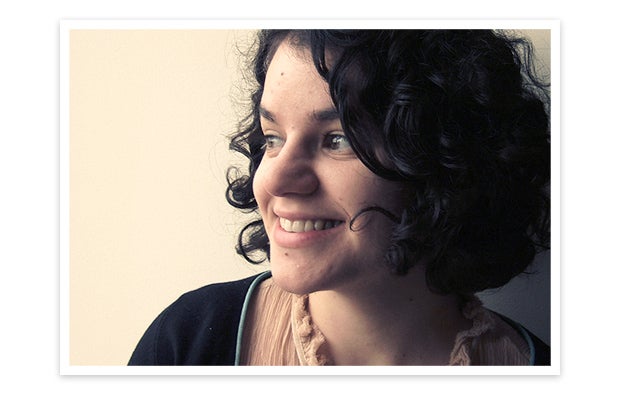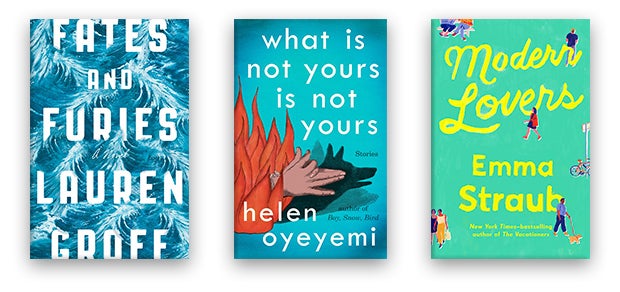In all areas of production, a great deal of time and thought is put into how to attract readers and turn them into lifelong fans of your work. But authors rarely get to see this process. For this article, we interviewed Helen Yentus, art director at Riverhead, and asked her to guide us through the multifaceted world of cover design.
What’s the most important part of being a cover designer?
I’ve always been a reader. Everyone I work with is a reader, and that includes the designers. The admiration we all have for authors can make the task of designing a book cover seem intimidating, but the trust of those same authors also animates and inspires the cover design process. The designer also needs the trust of the publisher, editor, and the rest of the team, in a vast and complex process. And an art director needs the trust of a dedicated and tough group of designers. So there you have it: I guess trust is most important.
What notable challenges do designers face over the course of their careers?
Like an author, a designer can feel that creating something makes you vulnerable. If an author or an editor is unhappy with a design, the designer can easily end up feeling defensive or worse. If a book doesn’t do as well as hoped, you can worry that another approach to the cover might have produced a different outcome. I think you can respond to that vulnerability in different ways. You can build walls or a hard shell, or, especially if you’re in a trusting environment, you can be more open and more honest. I think that leads to greater collaboration. At Riverhead, our discussions about art are true collaborations, and I think that makes our work much stronger.
Where else does collaboration take part in a cover design?
At an art meeting, the editor, publisher, publicity director, and marketing director, as well as my design team and I, get together and talk about the various projects. It’s very informal. The design team brings ideas and concepts and lays them out on the table. Again, it can feel quite scary. It’s like showing up to a meeting naked, because we’ve poured ourselves into the designs. And sometimes we completely fail. But those failures—again, made in a climate of trust—are important. They strengthen the finished jacket.
How do you tailor your design decisions (for example, photography vs. illustration, typeface) for each book?
This is difficult to answer, because those choices depend on an individual designer’s take on a book, the way a book feels, and personal preference—what the designer believes looks good. Sometimes we implement many different ideas and see what sticks; other times we have very clear ideas of the concept behind a cover. These ideas drive decisions like whether or not photography is used, for example.
But there is no hard rule. Sometimes, these decisions are market- or editor- or genre-driven but other times the cover is just what we come up with, and in those cases, it’s impossible to put a finger on exactly why, where, and when.
In the last decade, what about your designs has changed and what has stayed the same?
The fact that the book cover is mostly seen at a postage-stamp size on Amazon has shifted aesthetics. It means one can’t depend on the sorts of subtleties that could work on a 6” x 9” book being held in someone’s hands. In the last decade, we have gone toward bolder, simpler solutions. We create designs that can stand out in a sea of JPGs, rather than only as physical books in a book store.
How do you turn jacket meeting feedback into finished designs?
My job is to take that weekly feedback, the full range of those thoughts and ideas, and understand what they’re really saying. People talk about art in a variety of ways. And so there is a healthy amount of listening closely so I can translate this information into an iconic, standout jacket. A book jacket that reflects the author’s voice and the book can have a long and successful life as a visual branding identity and marketing tool.
How long does it take to go from early draft to finished product?
Sometimes this can be accomplished almost instantly and can seem deceptively easy. There are times we put designs on the table and get an instant “Yes! It’s perfect!”—and believe me, those are very happy meetings. Other times, it can be many months of starts and stops, with weeks spent going down the wrong path and coming to a dead end, only to start all over again.
But often, I will get feedback from the authors, letters about seeing the jacket for the first time and what they felt and thought. These are always very special to me. Sometimes it is seeing your book jacket on the subway in a rapt reader’s hand that makes me feel we did it.
Helen Yentus is the art director for Riverhead Books.





